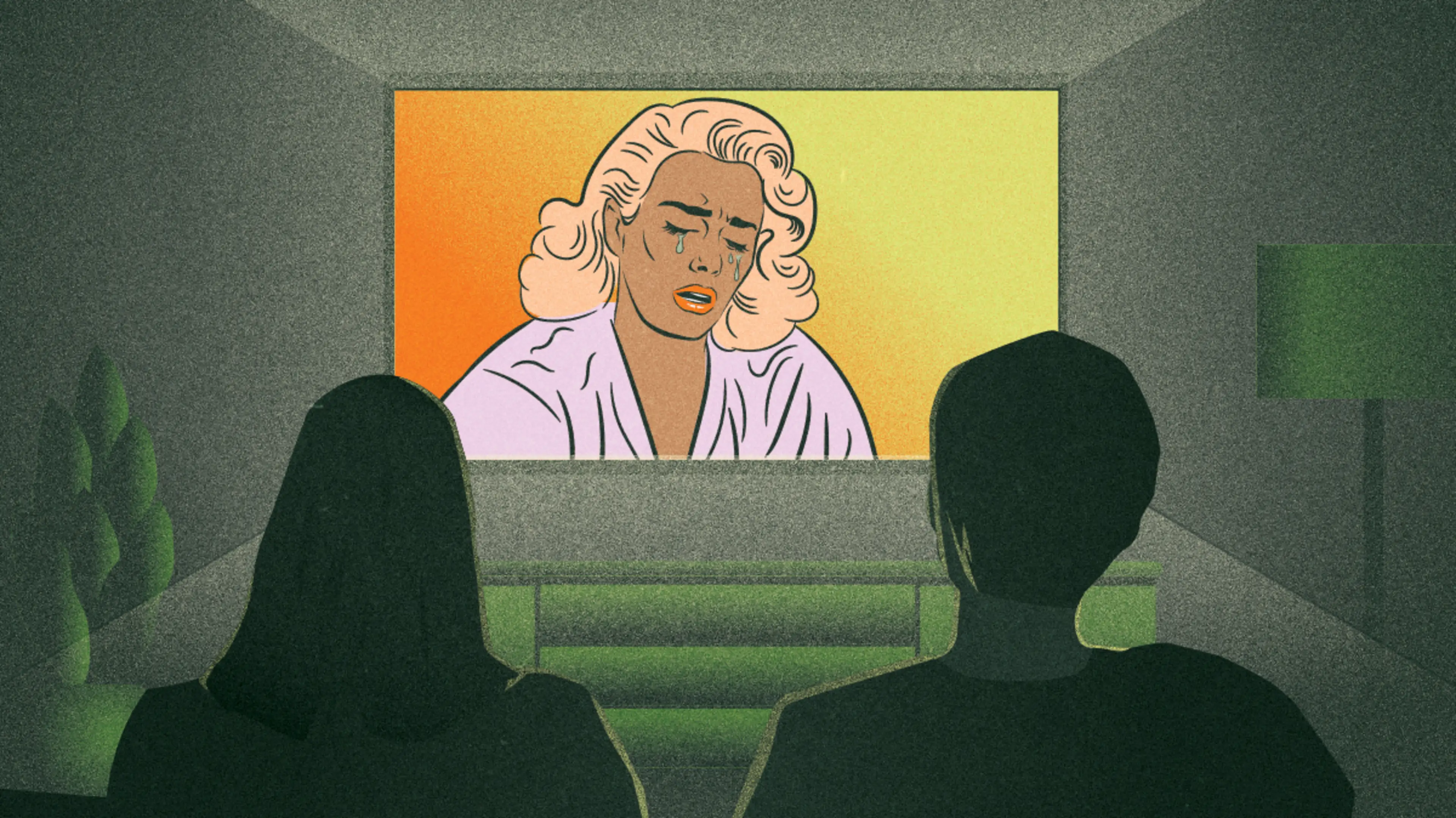Before I experienced miscarriage, I used to picture it as a woman in a white nightgown waking up to blood-soaked sheets. The scene in my mind was something straight out of Little House on the Prairie, Dr. Quinn, Medicine Woman, or even the Yellowstone prequel, 1923. I had the impression that hemorrhaging from miscarriage was painful, common, and risky back then, but I thought for certain that miscarriage today would be much different thanks to modern medicine.
Then, I experienced my own pregnancy loss in November 2021, two days after my 34th birthday and two days before my husband’s 35th. The fall has always been a time of joy for me, filled with family birthdays and anniversaries. A few days before our wedding anniversary, we transferred our first embryo after embarking on IVF with lots of hope and anxiety. I missed my best friend’s wedding, afraid to fly across the country in the precarious first trimester.
Despite all my precautions, one day I woke up crampy and started bleeding. It came on fast with more bleeding and clots than I’ve experienced in my life. I started crying and sank to the bathroom floor. My husband heard and left his work call to check on me.
We went to the fertility clinic, where they were able to find the gestational sac, the yolk sac, and the fetal pole via transvaginal ultrasound. We heard the heartbeat and my husband and I both cried with relief and trepidation. A day later, we returned to the clinic again for bloodwork and an ultrasound. When I passed out during my blood draw, they gave me smelling salts to revive me, the most old-school medicinal tool out there. I was dehydrated and terrified. Back in the room, I bled through the pad on the table during the ultrasound. My husband helped me put back on my underwear and pants while I was struggling to avoid bleeding on the floor.
By the end of the week, my doctors couldn’t detect a heartbeat. No amount of estrogen and progesterone supplementation (necessary when you do IVF), medical intervention, or observation would have saved my pregnancy.
Bleeding in the first trimester is very common and not always associated with miscarriage. “Up to 25% of pregnancies are complicated by first-trimester bleeding,” according to a 2014 study1 . The type of hematoma I had, a subchorionic hematoma, is often the cause of this bleeding, but “most of the time they are completely benign, especially in the first trimester,” according to Dr. Lucky Sekon. Unfortunately, I was one of the cases where it wasn’t.
In the twenty-first century, even with embryonic imaging, transvaginal ultrasounds, and fertility drugs, doctors can’t stop a miscarriage. They can only watch and wait—in most cases much like women experienced in the nineteenth century.
According to Shannon Withycombe, author of Lost: Miscarriage in Nineteenth-Century America2 , miscarriage was seen in many different lights in the 1800s—as a tragedy, as a means of child spacing when women didn’t have access to birth control, as something to be ambivalent towards, among others. In reality, this is probably not much different from perspectives on miscarriage today. Since miscarriage wasn’t well-understood, women relied on their own intuition and experience to diagnose and deal with a pregnancy loss.
Unlike those women of the past, I had the advantage of modern medicine. I was pregnant due to amazing developments in reproductive technology and I was monitored by my doctor—a highly accredited reproductive endocrinologist—every step of the way. But despite all of the advances in medicine, my experience with miscarriage was still incredibly painful and filled with bewilderment and uncertainty. It felt a lot like the dramatized scenes I had seen on those historical shows.
I thought that first week of hell was the worst of it, but I had complications with the treatment. I decided to have a D&C. Being back in the surgical center was like deja vu of my egg retrieval three months prior. At first my recovery was fine, but after two days the bleeding started again and the cramping started getting worse. My doctor discovered there was a large blood clot in my uterus the size of a softball. I took misoprostol, the drug used for miscarriages and abortion, on Friday, and spent the weekend in bed watching Disney movies.
The pain eventually tapered off and the clots subsided, but between IVF and my pregnancy loss, I was completely wrung out. I had spent three weeks bleeding and maxed out my sick time for the year. In the end, testing found nothing conclusively wrong with the fetus.
Through the ups and downs that followed as I eventually continued my fertility journey, I realized that there is still so much doctors and scientists need to learn about implantation failure and recurrent pregnancy loss. There is a lot we just don’t yet know. And while that may be one thing that hasn’t changed between my experience and that of women in the 18th century, there is one other big way in which things are different today—and not for the better.
Withycombe talks about the “culture of silence” surrounding pregnancy loss that developed starting in the twenty-first century. Before that, women certainly felt a myriad of feelings about miscarriage, but it often wasn’t overwhelming guilt, shame, or deep sadness. There were cultural and social reasons for this, of course, but there also weren’t the same judgments and silence around loss that are so common today. Knowing what I know now after experiencing my own miscarriage, I think the greatest thing we can do to make the experience just a little bit easier to get through is to discuss our losses out loud.
Read Next: When I Had a Miscarriage, These 4 Books Got Me Through

